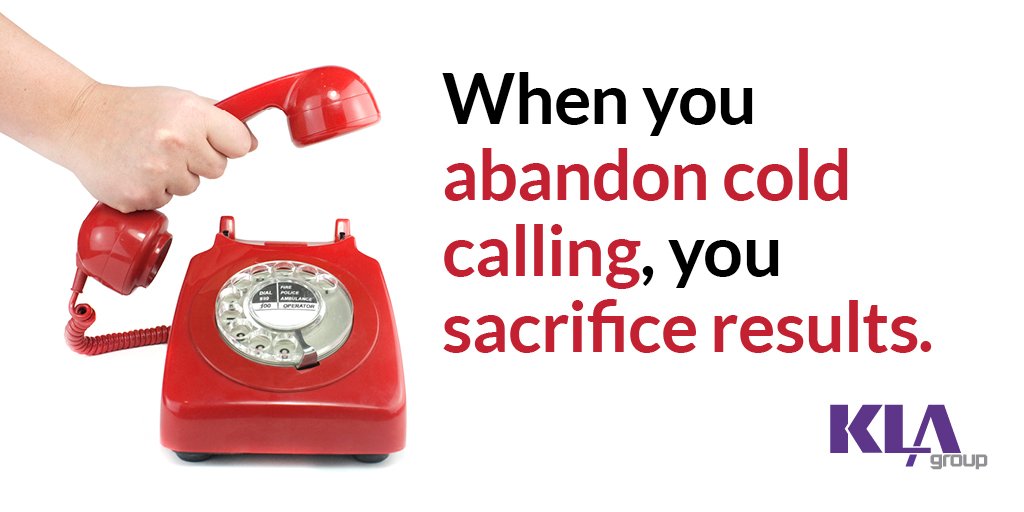For many sales reps, being flexible throughout the sales process seems like the best, consultative approach to establish a strong prospect relationship and win more sales. Rather than suggest what a prospective client should buy, reps opt to empower the client to dictate their needs. In doing so, the thought process is that reps convey patience and a commitment to ensuring the client gets exactly what they want, which will in turn improve their chances of closing the deal.
Here’s what that approach accomplishes instead: Slower buy cycles and lower closing ratios.
Truth is, most buyers don’t know exactly what they need from you.
Sure, prospects know the outcome they want to achieve. They might even have an idea of which tools or services might help accomplish it. But they don’t know which specific products, services, or solutions will get them there. Other prospects know the outcome they want to achieve, but have no idea how to get started, let alone which products, services or solutions to look at.
Either way, to achieve the outcome they’re aspiring to, buyers often look to you to guide them toward the right decision.
When you don’t provide that guidance, it stalls the sales process and dramatically reduces closing ratios. Here’s why:
- Flexibility doesn’t empower buyers — it confuses them
- Forcing work on to your buyers typically causes them to look elsewhere for someone who can figure out how exactly to address their problem
In both cases, your performance suffers.
Ultimately, buyers — particularly in the earlier stages of their buy cycle — don’t want total flexibility or the freedom to choose any possible solution. They want, and need, guidance from you to navigate toward the right one. When you provide that definitive insight in the early stages of the buying cycle, customers gain confidence that you’re the right person to get them to where they need to be.
To put it more bluntly, being “flexible” is a cop out. It might make you feel better, but it’s not helping prospects.
If you really want to empower small and mid-size businesses to make meaningful change, you have to be willing to make a definitive, confident recommendation and show prospects a clear path to addressing their problem. When you do that, you’ll close sales faster and your clients will be happier. They’ll get what they need (and want), and your closing ratios will trend in the right direction.
For more on the topic of closing ratios and the customer buy cycle, stay tuned. In my next two posts, I’ll take a deeper dive into the various stages of the buy cycle, break down why it’s important to understand which stage prospects are in, and reveal the mistakes that negatively impact closing ratios. If you have any questions about those topics in the meantime, don’t hesitate to reach out to me via email at [email protected].




